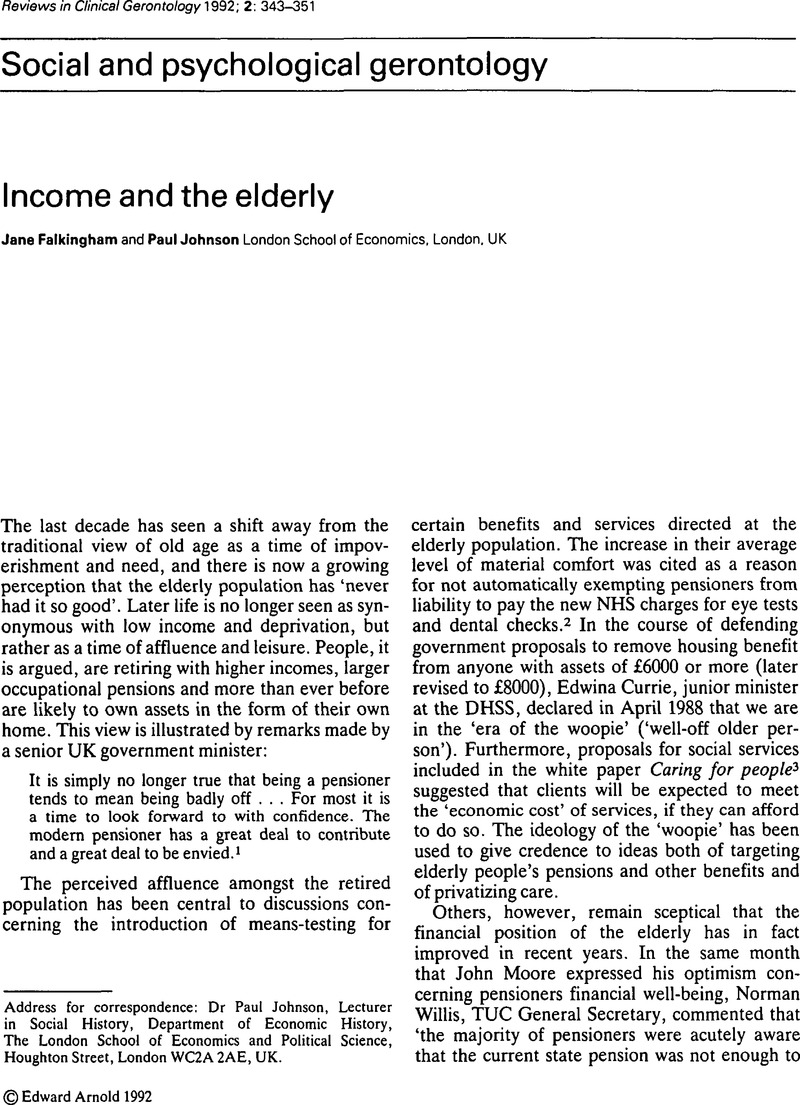Crossref Citations
This article has been cited by the following publications. This list is generated based on data provided by Crossref.
Ulysse, Pierre-Joseph
and
Lesemann, Frédéric
2002.
On ne vieillit plus aujourd’hui de la même façon.
Lien social et Politiques,
p.
31.
Dingemans, Ellen
and
Henkens, Kène
2020.
Job strain in working retirees in Europe: a latent class analysis.
Ageing and Society,
Vol. 40,
Issue. 9,
p.
2040.





